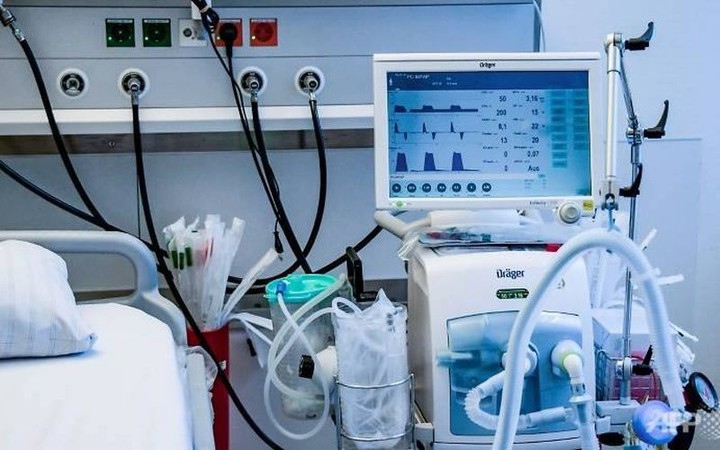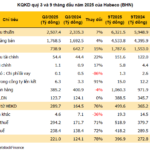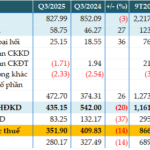Earlier this year, the International Trade Administration (part of the U.S. Department of Commerce) provided a detailed overview of the healthcare market in Vietnam. In it, they highlighted the investment opportunities in the country’s medical device sector.
According to the International Monetary Fund’s World Economic Outlook, Vietnam is now the 5th largest economy in Southeast Asia and the 37th largest in the world. The World Bank also forecasts that the middle-class and affluent population is expected to grow rapidly and account for 20% of the country’s population by 2030.
The U.S. International Trade Administration states that Vietnam’s economy continues to grow, and the rising middle class and increasing demand for high-quality healthcare services are driving forces for the healthcare system here. Vietnam is investing in advanced medical equipment to upgrade and expand its infrastructure, improve operational efficiency, and provide better services.
According to the Economist Intelligence Unit (EIU), healthcare spending in Vietnam is projected to reach around $18.5 billion by 2022, accounting for 4.6% of the country’s GDP.
Public and private hospitals in Vietnam are upgrading their facilities and opening new departments for specialized treatment, creating opportunities for U.S. providers, the report emphasizes.
Over 90% of medical equipment in Vietnam is imported, and the medical device market is estimated to be worth $1.5 billion by 2022, according to the U.S. International Trade Administration. The sector is expected to have a compound annual growth rate (CAGR) of 9.7% from 2021-2026, reaching $2.1 billion in 2026.

The U.S. International Trade Administration recognizes the potential of the medical device industry in Vietnam. Illustration picture.
Vietnam is allocating a significant amount of public funding to upgrade local hospitals
Vietnam encourages the import of medical devices as domestic production cannot meet the demand. “Imported medical equipment has low import duties and is not subject to quota restrictions,” the report tells U.S. businesses.
According to the U.S. side, Vietnam’s healthcare market has four main buying groups for medical devices. The largest is public hospitals, which account for 86% of the market. Hospitals and clinics owned by foreign entities are also significant buyers. However, these establishments often source supplies from their home countries.
Local private hospitals will have the strongest growth, while research and educational institutions will also have demand. Some research and medical education organizations are willing to try new systems and improved methods. These end-users provide excellent strategic partnering opportunities as they are eager to explore new technologies.
According to the U.S. side, Vietnam is allocating a significant amount of public funding to upgrade hospitals in provinces and central cities. Large-scale national construction and upgrading projects for hospitals have been approved by the Government.
Vietnam has also received a large amount of international aid in the form of loans and donations of medical equipment. Several small projects are being implemented in Vietnam, including projects funded by the World Bank and the EU.





































